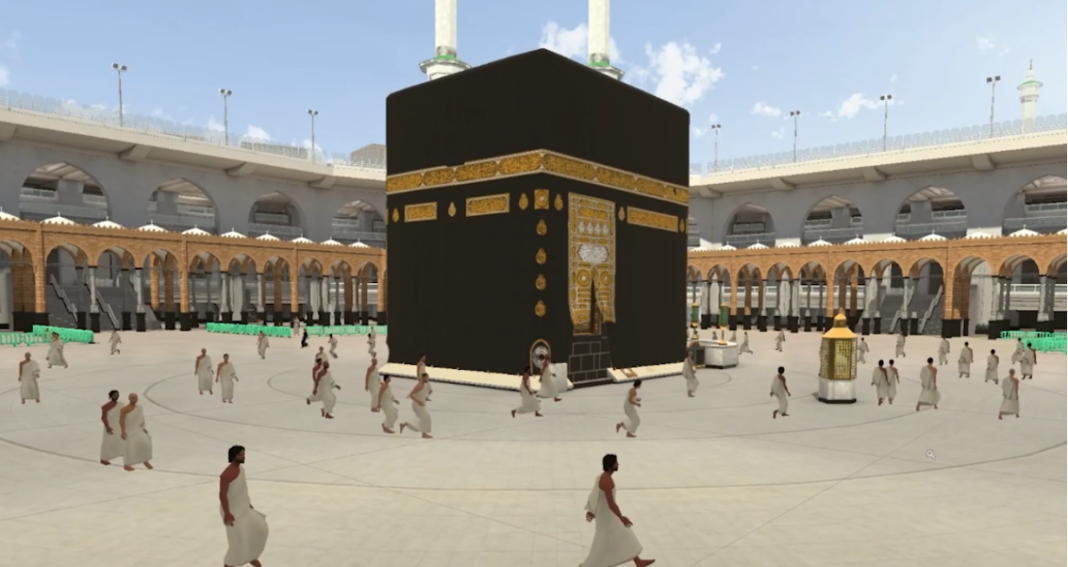Westerners have long been fascinated with the Hajj, writing memoirs on their journey to Mecca and describing how they managed to enter the space.[1] For many pilgrims, the Hajj represents an original and primordial state that emphasizes the oneness of God and human equality, which contrasts with the perils of modern life and its various challenges. Europeans often traveled to Mecca through conversion or disguise to better understand the ritual and interact with the worldwide Muslim community. For instance, the French Richard Francis Burton made Hajj in 1853, pretending to be a “Pathan,” or somebody born in India to Afghan parents who had settled in the country and sent out as a wanderer. He further “assumed the polite, pliant manners of an Indian physician, and the dress of a small Effendi (or gentle-man)” while still representing himself as a Darwaysh and congregating where the group did.[2] For these Westerners, Mecca and the Hajj symbolically represent Islam, the impenetrable place that seems far, distant, and unintelligible but also close, intriguing, and captivating. However, with the advent of technology, Mecca and the Hajj have become more accessible than ever, with students and faculty now being able to enter and roam the space through virtual reality.
